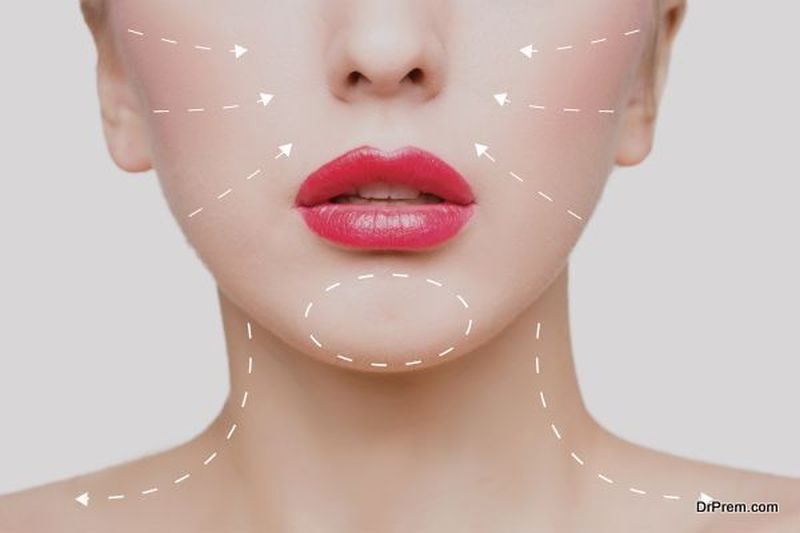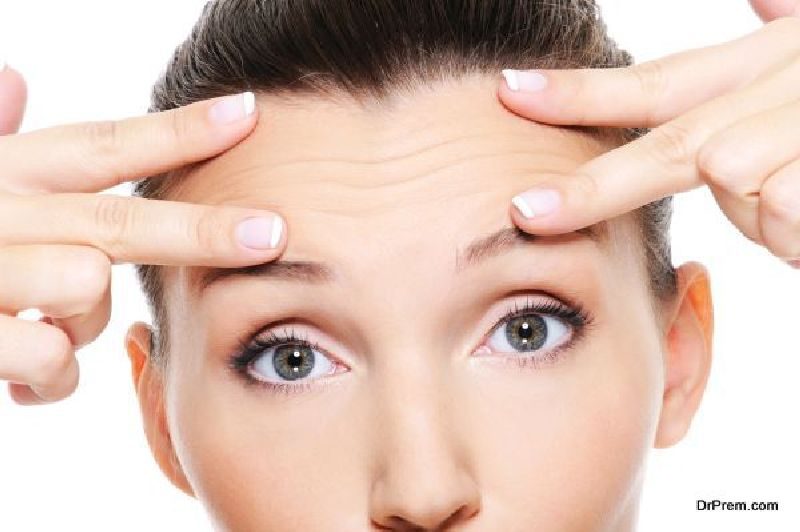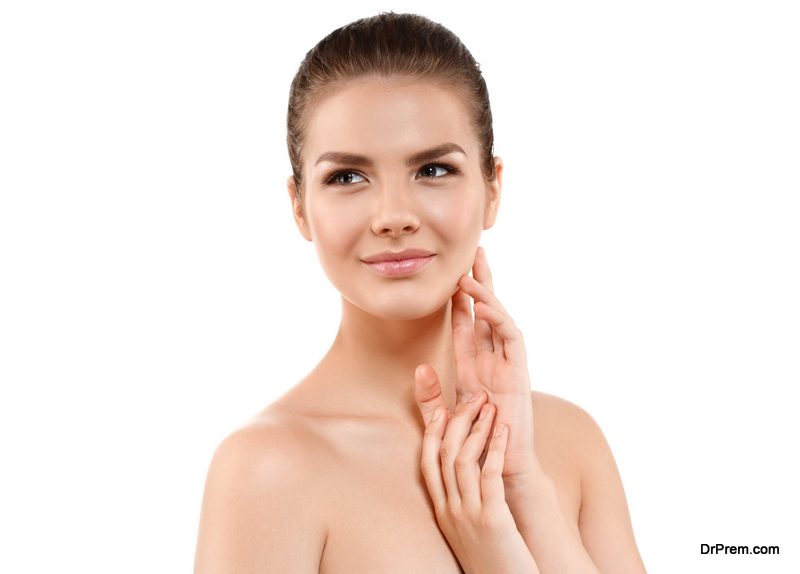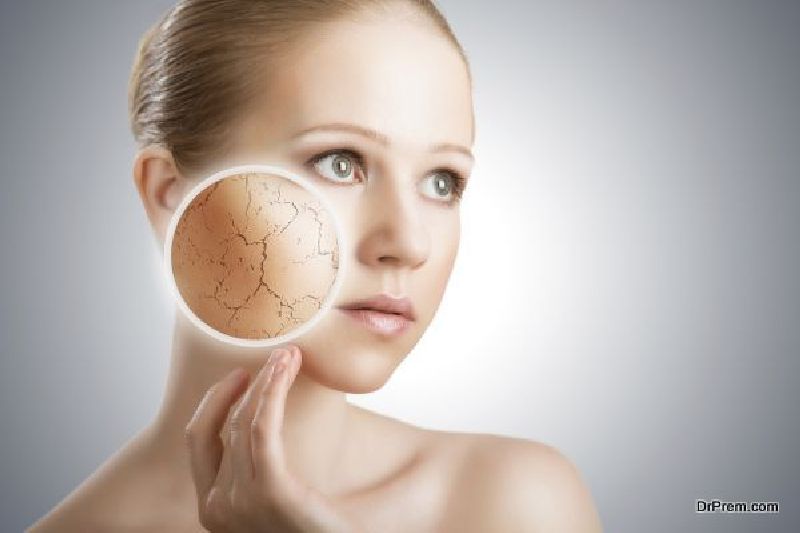Wrinkles are one of the first and most obvious signs of aging. They can appear in individuals as young as 25 years of age. Though these wrinkles are often mild and relatively unnoticeable to most people, they can be bothersome to many. So what exactly causes wrinkles? And are they preventable and reversible? Read on to learn everything there is to know about wrinkles.
What Are Wrinkles?

Wrinkles are folds, lines, and ridges in the human skin that occur due to change, most often brought on by age. As a person ages, their skin becomes less resilient, and may be noticeably drier, thinner, and less elastic than it once was. This deterioration in the skin results in visible wrinkles, creases, and lines. There are other external factors that cause wrinkles, including smoking, sun exposure, dehydration and facial expressions.
There are two main types of wrinkles – fine lines and deep furrows. Fine lines are superficial wrinkles found on the surface of the skin, most often caused by facial expressions. These types of wrinkles are more easily treated and reduced. Deep furrow wrinkles are found in the deeper layers of the skin, making them more difficult to treat. These deep wrinkles are caused by external factors such as smoking and exposure to UV rays.
What Causes Wrinkles?
Aging is the number one cause of wrinkles, but let’s take a look at some other internal and external factors.
Facial Expressions

Though laughter is said to be the best medicine, facial expressions such as smiling, squinting and frowning can cause wrinkles. The repeated stretching of the skin and use of facial muscles creates grooves under the skin. Because skin loses its elasticity with age, it’s less likely to “bounce back” from these constant distortions and stretching. This inability to flex and return to its original condition, is what creates these slight grooves and indents in your skin. This is another reason wrinkles are so prevalent in the face.
Sun Damage
We already know that overexposure to the sun and UV rays isn’t good for our skin and can lead to complications such as sun spots, sunburn and even cancer. But overexposure to the sun can speed up the onset and appearance of facial wrinkles. This is also because your face and neck are often the areas of your body most frequently exposed to the outdoor elements.
Both the UV rays found in direct sunlight, as well as those in tanning booths, break down the skin’s elasticity and collagen fibers in the skin. These fibers are what support your skin’s connective tissue. Once these are broken down, means less flexibility and more drooping.
Smoking

Smoking cigarettes isn’t just bad for your lungs, heart, and the color of your teeth and skin, but it can actually accelerate the development of wrinkles. That’s because smoking reduces blood flow to the skin. It’s actually the nicotine found in cigarettes that narrows the blood vessels, which bring blood to the outermost layers of the skin. This lack of blood flow also means lack of oxygen, vitamins, and other nutrients that your skin needs to remain healthy and strong. Without these elements, you’re more susceptible to early onset wrinkles.
Dehydration
Just like your skin needs oxygen and vitamins to stay healthy and flexible, it also needs hydration. That’s because dehydration negatively impacts the cells in your body and skin. These damaged cells cause wrinkles, as well as saggy and thinning skin over your entire body. Alcohol is known for causing dehydration and dryness of the skin.
Treatment

Avoiding the appearance of wrinkles is all about preventative care. There are certain things you can do to help reduce the appearance of wrinkles, but also to help prevent them from occurring. The skincare industry is worth $24 billion, which means millions of people are looking for the answer to better, healthier skin.
Fine line wrinkles are easier to treat and more responsive to treatment. Deep wrinkles may require more aggressive treatment options, such as injections or plastic surgery.
Topical Treatment
There are thousands of wrinkle and anti-aging creams on the market, but they all have some similar things in common. Most contain Vitamin A, which is said to help reduce the appearance of fine lines, rough skin, and even some skin pigmentations and sun spots. Though there’s no proof that over the counter wrinkle creams actually do anything to reduce the appearance of wrinkles, people still believe strongly in them.
There are prescription wrinkle creams available as well, which are more likely to reduce the appearance of fine lines but are not proven to eliminate wrinkles completely, nor restore the skin. With any skin care regime, be sure to read the labels. Some topical wrinkle treatments can actually put you at greater risk for sun damage or sunburn.
Surgery

If you’re looking to eliminate your wrinkles completely, or suffer from deep tissue wrinkles, there are several surgical options available.
· Dermabrasion
This procedure quite literally removes the outermost layer of your skin, where wrinkles are visible. Dermabrasion is a surgical procedure and uses material similar to sandpaper to wear away these upper layers of skin. Dermabrasion is performed in the office and side effects include redness, swelling, and scabbing. These can last anywhere from 2 weeks to several months following treatment. The results are not immediate, and may also take several months to become noticeable.
· Botox
This is one of the most popular treatments for reducing the appearance of wrinkles on the face. Botox are injections in your face that block the body’s signals from the nerves to the muscles. This prevents the muscle from contracting, which softens and relaxes wrinkles. Botox is most commonly used to address facial wrinkles such as crow’s feet (around the eyes), frown lines, and wrinkles on the forehead. Have you ever wondered what exactly is in botox injections? It’s actually made from the same bacteria that causes botulism.
Fillers are slightly different than botox and help treat deeper wrinkles. Fillers include fat, collagen, and hyaluronic acid. These materials are injected into the face and help fill the wrinkles, creating smoother, fuller skin. Both of these methods require treatment every few months and are accompanied by potential redness, bruising, and swelling.
· Chemical Peels
This method used for reducing the appearance of wrinkles is exactly as it sounds. Chemicals are applied to the affected, wrinkled areas of the skin. This causes the wrinkled skin to shed and peel off. The skin that’s left is often much smoother and less wrinkled than the dead and damaged skin that was removed.
If you’re looking for more permanent and drastic procedures, you can consider getting a facelift.
Prevention

Preventing the onset of wrinkles can help avoid any of the above mentioned treatments. The best forms of prevention are as follows.
- Avoid excessive sun exposure
- Protect your skin when exposed to UV rays
- Drink plenty of water
- Avoid nicotine
- Get plenty of sleep
- Keep the skin moisturized
Though none of these methods guarantee wrinkle prevention, they can help.
You Can’t Turn Back the Hands of Time
Aging is a natural process that everybody goes through. Just be mindful of your behaviors and you can help reduce the unwanted appearance wrinkles. And if you’re already noticing unwanted wrinkles on your face and neck, consider your available treatment options.
Article Submitted By Community Writer




